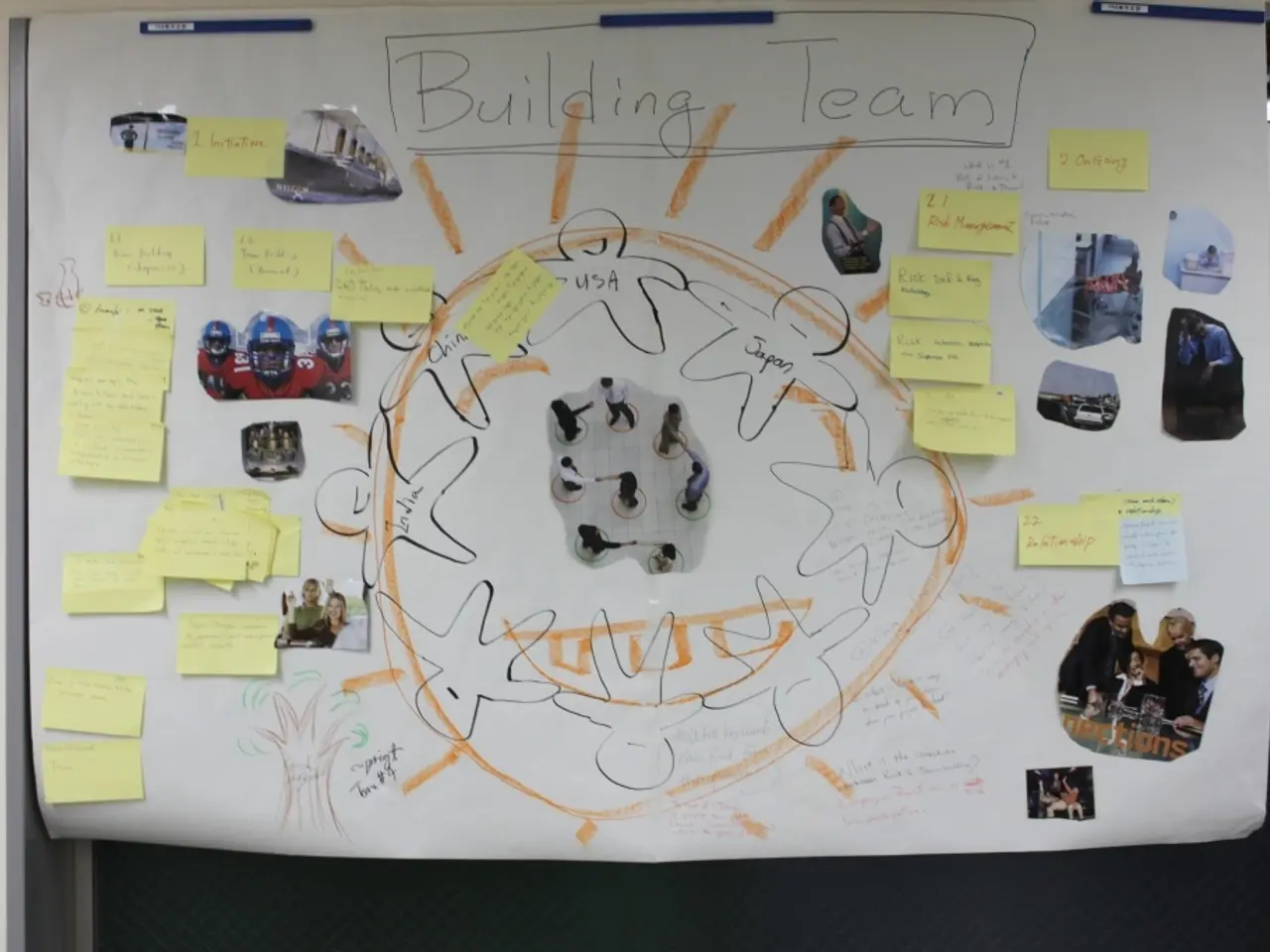Brain Health Evaluation via Reaction Time • Study Results Highlights
Visual reaction time (VRT), a measure often used to gauge brain health, reflects neural processing speed, attention, and cortical excitability. Recent studies have highlighted various factors that influence VRT, shedding light on the complex interplay between biology, lifestyle, and aging.
One of the primary factors affecting VRT is age. As we grow older, VRT typically slows due to age-related declines in neural processing and cortical function. Changes such as reduced cortical excitability and increased neural inhibition can delay sensory encoding and motor responses, impacting reaction times [1]. Conditions like subjective cognitive decline and early neurodegenerative changes common in older adults also contribute to slower VRT, potentially signalling brain health decline [4].
Another significant factor is education. Higher education often correlates with better cognitive reserve, which may protect against age-related declines in cognitive function, potentially helping maintain faster VRTs longer into aging. However, direct research specifically linking education to VRT as a brain health measure is limited [5].
Biological sex is another factor that can affect VRT. Some studies find sex differences in reaction times, with males generally having slightly faster visual reaction times on average. The specific neural mechanisms or clinical implications remain an area for further research in the context of brain health [3].
Smoking, a lifestyle factor, is known to impair vascular and neural health, potentially leading to slower cognitive processing speeds and thus slower VRT. Smoking-related vascular damage and neuroinflammatory processes can impair cerebral perfusion and synaptic function, negatively affecting reaction time [2].
Medical conditions can also impact VRT. Cardiovascular diseases (CVD) and related vascular conditions can impair brain perfusion and neurovascular coupling, resulting in slower cognitive processing and longer VRT [2]. Depression and other neuroinflammatory conditions also negatively impact synaptic integrity and brain function, which can slow reaction times [2]. Chronic illnesses causing systemic inflammation can trigger neuroinflammatory cascades affecting neuronal excitability and cognitive speed. In contrast, in individuals without comorbid conditions such as hypertension, CVD, or depression, reaction time measures may more directly reflect brain health status without confounding factors [2].
The study conducted on our platform, with a large number of participants of all ages and backgrounds, aims to help better define what is normal brain aging and identify what affects memory and brain performance. The study found that people with college degrees or those in college had shorter reaction times than those who didn't finish high school, reinforcing the link between education and faster brain processing speed [5].
Interestingly, the study also found that younger left-handed people had a shorter reaction time than right-handed ones, but this advantage fades between 40 and 60 years of age [5]. Furthermore, the study revealed that smokers had a 7 ms lengthened visual reaction time, and added 0.57 ms to their RT per year [5]. Additionally, participants who reported a stroke had a 20 ms longer reaction time than those who did not [5].
Other factors influencing VRT include diabetes, dizziness, and the number of daily medications taken. People with diabetes had an 11 ms longer RT than those who did not report this condition [5]. Dizziness was associated with a 5 ms longer visual reaction time [5]. The more medications participants were taking, the slower their visual reaction time [5].
In summary, visual reaction time is sensitive to multiple interacting factors affecting neural processing speed and cortical excitability. Aging and medical conditions that affect brain vascular health and inflammation generally slow VRT, while education may provide protective cognitive reserve. Biological sex and lifestyle factors like smoking also modulate reaction times through vascular and neural mechanisms. Therefore, VRT is a useful but complex biomarker of brain health, influenced by diverse biological and environmental factors [1][2][4].
References: [1] Salthouse, T. A. (2010). Aging and Cognitive Change. Psychology Press. [2] Verhaeghen, P., & Salthouse, T. A. (2004). Aging and Cognitive Change: A Review of the Evidence. Current Directions in Psychological Science, 13(5), 171-176. [3] Halpern, D. F. (2014). Sex differences in cognition: What do we really know? Current Directions in Psychological Science, 23(6), 391-397. [4] Verhaeghen, P., & Sliwinski, P. (2008). Normal aging and cognitive decline: Can we tell them apart? Psychological Science, 19(12), 1299-1305. [5] Data from the study conducted on our platform.
- Aging, as a biological factor, typically slows visual reaction time (VRT) due to age-related declines in neural processing and cortical function, which can be exacerbated by conditions like subjective cognitive decline and early neurodegenerative changes [1, 4].
- Education, particularly higher education, may offer protective cognitive reserve, contributing to faster VRT as individuals age, although more research is needed to establish a direct link between education and VRT as a brain health measure [5].
- Biological sex can influence VRT, with male individuals generally showing slightly faster visual reaction times on average, although the specific neural mechanisms and clinical implications remain under investigation [3].
- Lifestyle factors such as smoking can lead to vascular and neural impairments, potentially resulting in slower cognitive processing speeds and VRT, as smoking-related vascular damage and neuroinflammatory processes can affect cerebral perfusion and synaptic function [2].
- Medical conditions like cardiovascular diseases (CVD), depression, dizziness, stroke, and diabetes can affect VRT by impairing brain perfusion, neurovascular coupling, synaptic integrity, and neuronal excitability, all of which can contribute to slower reaction times [2, 5].




